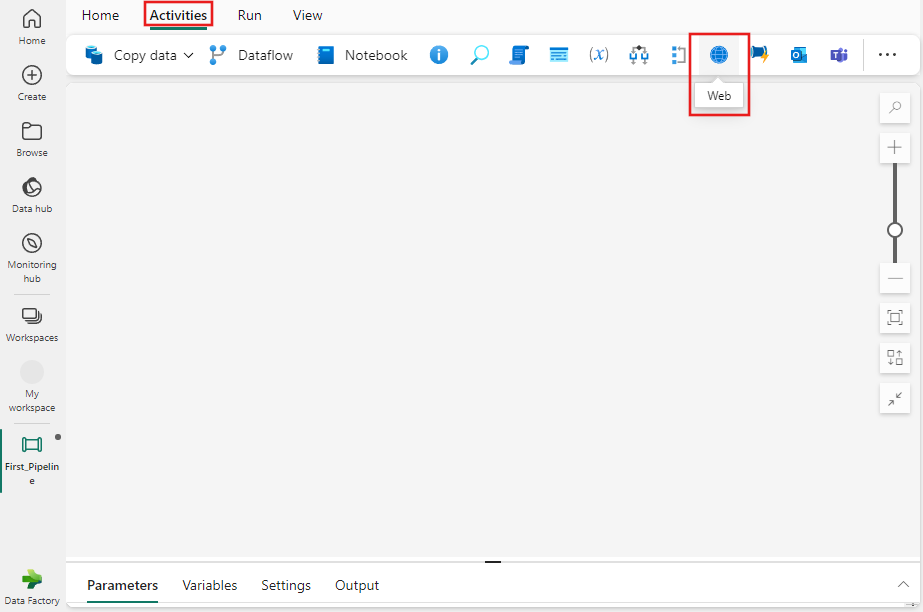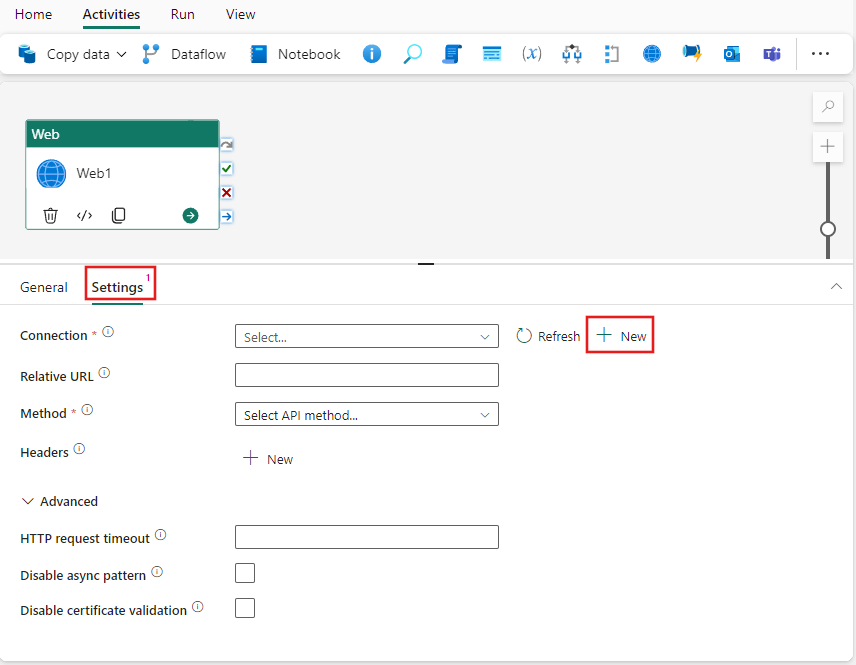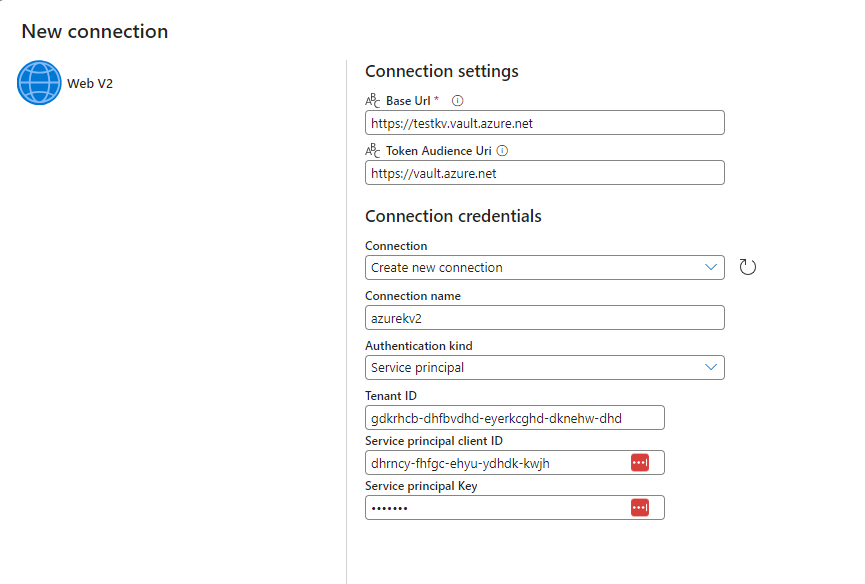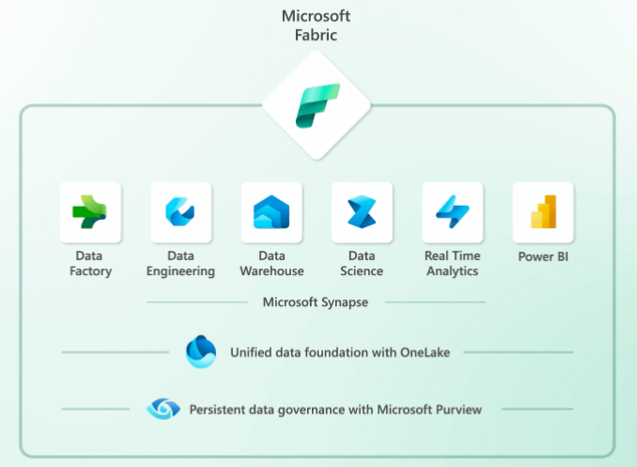This blog post provides instructions for changing the key for a self-hosted integration runtime, applicable when connecting an existing client to a new Azure Data Factory or Synapse Analytics. The process begins by opening PowerShell as an Administrator and setting the execution policy to unrestricted. After pressing enter, navigate to the Microsoft Integration Runtime directory and execute the RegisterIntegrationRuntime.ps1 script with the new integration runtime key. Upon successful registration, verify the integration runtime status in the Data Factory. To complete the process, restore the execution policy to restricted and exit PowerShell. This procedure ensures the client is properly linked to the new data management service.
- Open PowerShell as an Administrator.
- Type Set-ExecutionPolicy Unrestricted.
- Press Enter.
- Go to “C:\Program Files\Microsoft Integration Runtime\3.0\PowerShellScript\RegisterIntegrationRuntime.ps1”
- Execute command “.\RegisterIntegrationRuntime.ps1 – gatewayKey
<Key from new IR>". It should execute with status “Integration Runtime registration is successful!” - Validate Integration runtime status in Data factory
- Once finished, type Set-ExecutionPolicy Restricted.
- Press Enter.
- Type Exit.














